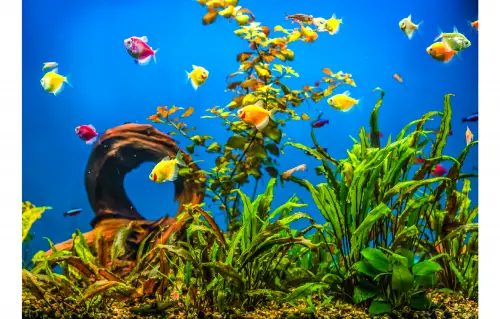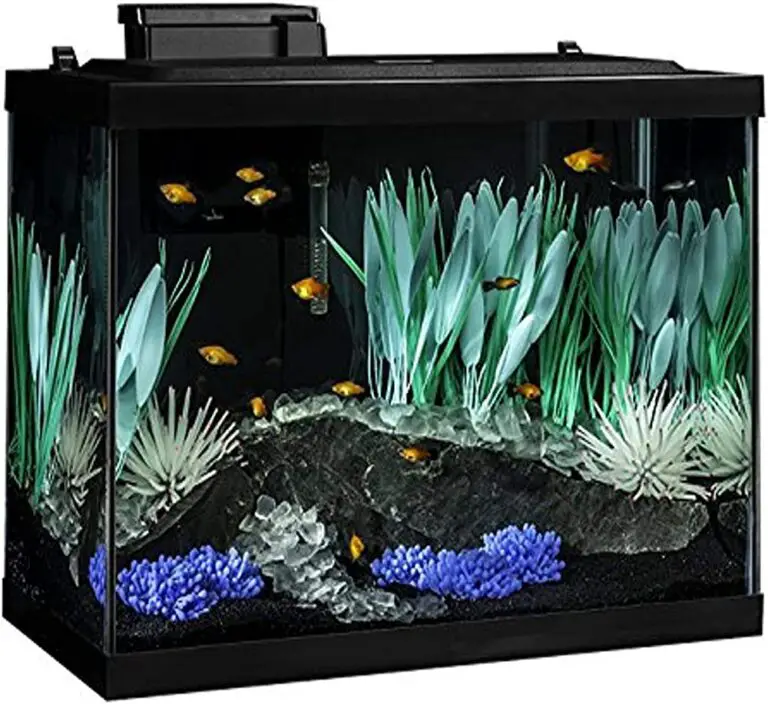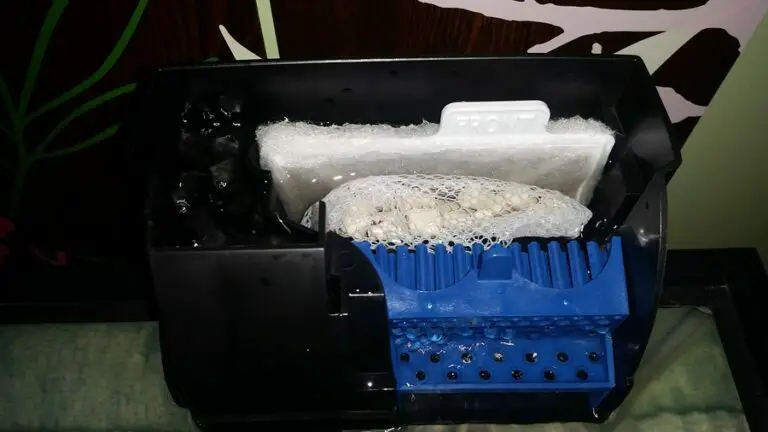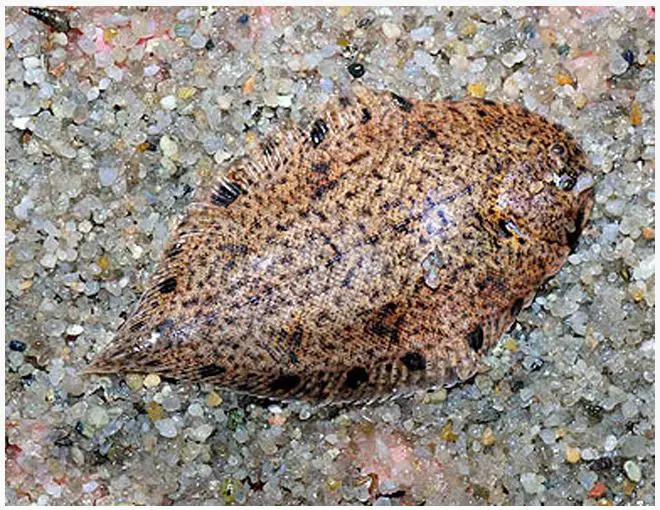11 Useful Steps: When Starting A Freshwater Aquarium
If you’re planning Starting A Freshwater Aquarium! You must go through all of the steps.
There are some things you need to consider.
This article talks about the important steps that need to be taken before setting up an aquarium.
In addition to the size of your tank, you should know how many different species are compatible with your new fish.
You can also find out more about their health and how to care for them.
Listed below are 11 steps to take when starting an aquarium.
Placement of Aquarium
Appropriate placement of your aquarium in your home, business, bedroom, or school.
Fish tanks should be on level ground.
To be able to hold your whole aquarium’s weight.
It would be best if you bought a cabinet that matched the model of your aquarium.
This is how much one kilogram is: one liter of water weighs one kilogram of water.
Determine how much weight your aquarium has, as well as how much weight the glass tank itself has.
This includes how much weight the aquarium holds.
Arrange the aquarium to maximize your enjoyment while avoiding the following:
Sunlight that is direct
Temperature extremes (next to a radiator)
Areas that are subjected to excessive noise, vibration, or movement
Substrate Addition for Starting A Freshwater Aquarium
Once you’ve chosen your substrate (gravel/sand),
give it a thorough wash to eliminate any debris or dust that could contaminate the water.
Then load the substrate into the aquarium’s bottom.
Including Décor
Before adding pebbles, wood, plastic plants, or ornaments to the tank,
soak them to eliminate any contaminants that may color the water or influence the aquarium’s chemical balance (do not use anything other than plain water to clean these items).
Always acquire décor from a respected aquatic retailer that can advise you on the optimal conditions for your selected setup.
After that, you can arrange these how you choose throughout the tank,
allowing open areas and hiding places for your fish to explore.
It is critical to insert décor into the substrate and secure it to prevent it from being readily dug out by your livestock.
Heater installation
If your aquarium fish or shrimp demand heated water (tropical freshwater),
now is the time to install your heater according to the manufacturer’s recommendations.
IMMEDIATELY TURN OFF YOUR HEATER.
We recommend that you install an aquarium thermometer to the aquarium so that you can continuously monitor the temperature.
Setting up your filter
Following the directions, install your filter.
Bear in mind that some aquariums include built-in filters and may merely require media addition,
whereas others require the addition of a separate filter.
Remember – When installing your aquarium or other electrical components such as filters, heating, or lighting,
ensure that any cables have a drip loop to prevent water from reaching the mains.
Adding water to your aquarium
Once you’ve placed all of your gear and are satisfied with the placement of your décor,
you can begin filing your aquarium.
On the aquarium substrate, place a plate or small bowl and carefully pour the water on it.
This will assist in preventing disruption and clouding of your substrate.
Including live plants
If you’re considering adding live plants to your aquarium, now is the time to do so.
Once your aquarium is approximately halfway full,
stop filling and begin arranging your plants and rooting them into the substrate.
It’s critical to plan ahead when it comes to your plants.
A fish store can help you figure out which plants are best for the fish to eat.
You want to keep and get a lot of different kinds of plants.
That cover the tank from the back to the front to make sure it has a balanced ecosystem that is easy for people to see
After you’ve placed all of your plants, carefully fill the remainder of the tank.
Securing the water
Once your aquarium is completely filled,
you may turn on the filter and heater to begin prepping the tank for your aquatic buddies.
Always dechlorinate new water to get rid of dangerous chemicals.
Aloe Vera can help protect your fish’s skin and gills.
Additionally, Tapsafe provides a kick-start of bacteria for the filter.
Allow time for your aquarium to settle
Although you are undoubtedly eager to begin adding fish to your aquarium,
you must first allow it to settle and the temperature to reach the correct level before introducing animals;
this normally takes overnight.
Addition of fish
Once the tank has settled and the temperature has been established (with an aquarium thermometer),
you may now add fish.
Consult a local aquatic shop to determine the appropriate fish for your setup.
Ascertain that you are not going to overstock.
It is preferable to introduce a few fish initially while your filter is maturing,
and then gradually add more fish.
Installing an Internal Power Cartridge Filter
Maintain a clean and healthy aquarium environment with the Internal Power Cartridge Filter – the CF family.
It collects debris, eliminates algae, and degrades fish waste, resulting in cleaner, healthier water.
Installation is straightforward;
simply follow these quick installation steps for clear instructions:
Option 1: Installing the internal cartridge filter Attach a locating clip to the back of the filter to secure it to the tank.
Option 2: Sucker-mounted support cradle attached to glass
Insert the CF filter into the mounting cradle.
The water level should not exceed the maximum water line.
When establishing a freshwater aquarium, there are several critical factors to consider.
This article discusses the significance of these stages and explains why they are necessary.
It will assist you in determining the optimum location for your tank and how to properly set it up.





